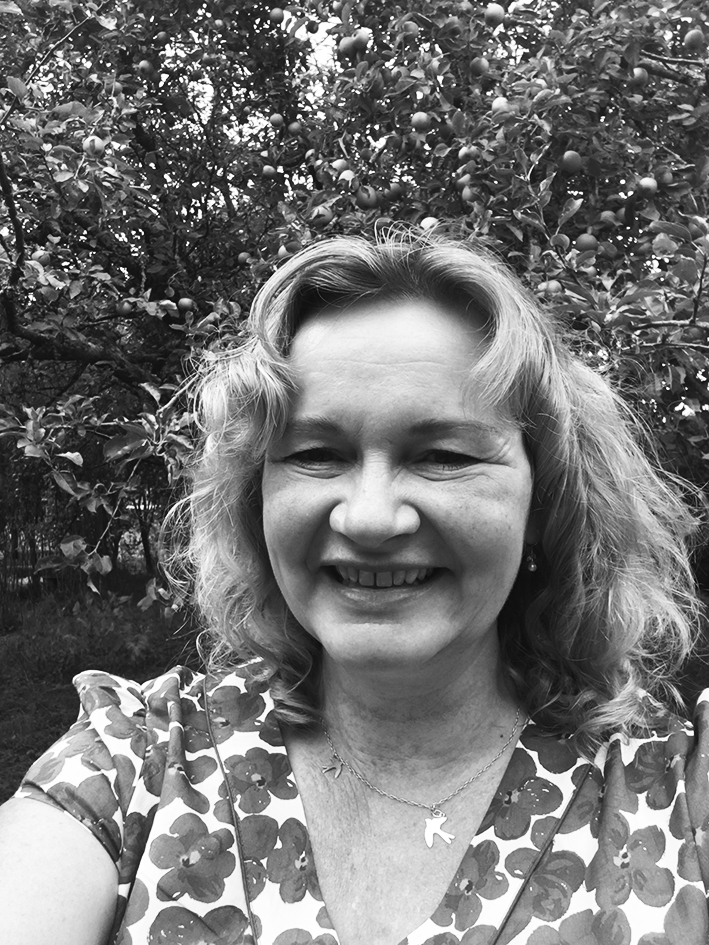At the end of November, I went to a protest in the back garden of a small estate cottage, where, after music, cake and readings, a 10-metre ‘witch’ was set alight in front of 200 emotional people. A family of seven had been given notice to move after 26 years in their home. They had never missed the rent and had no chance of affording anywhere else for miles around.
It was a powerful, evocative symbol. The cottage was in need of renovation, so the landlord of this large Berkshire estate had decided to pull it down, rebuild and let it to new tenants. In response, an awareness-raising Eviction Fete was held for all those “who belong to their home, but don’t own their house”, preceded by a letter to the “absentee landlords” of the estate in the local press. This letter was signed “Esme Boggart, silt witch of the Thames Valley”.
In a great tradition of rural protest, from Captain Swing of the 1830s agricultural riots, or the later ‘Rebecca’ riots, where farmers dressed in women’s clothing destroyed toll gates, a pseudonymous character was invoked to protect those too vulnerable in their own homes to risk identification.
It struck a chord, deeply. We have raised a family in a similar rented estate cottage. When we first moved here 18 years ago, from tied accommodation (a cottage provided with a job on a stud farm), it was our only hope of finding somewhere to live. We didn’t work full-time for the estate, but our neighbours – the farmer, shepherd, housekeeper, gardener, gamekeepers and estate manager – did. The remaining houses were let to retirees, families, individuals or couples as their only homes.
A familiar, benign neglect (other than essential repairs) often comes with these homes; a make-do-and-mend approach from both sides. At ours, there is always mud, and parking is a field corner 270 metres up an unlit lane. There are stars (and rats) on deep, dark nights. It’s not for everyone. But we love it.
Estate cottages play a key role in village life, even as their original purpose declined, along with rural employment. As council houses were sold and no new small houses built (the last in our village in 1999), they provide rural community housing. Most of us on this estate are ‘rural’ workers; two (my husband included) are paramedics on a rural patch and I work at the small secondary school where many of the children live in tied or rented accommodation, their parents farm workers, racing hands, gardeners, gamekeepers, as well as nurses, scientists and booksellers.
We are also school governors, scout leaders and fete organisers. We are part of the fabric of a caring, proactive, healthy community. But we are haunted by the precarity of our position. Of the possibility of the next generation having different plans for the estate, or the family wanting (or needing) to take advantage of rocketing rents. If the condition of the property tips over into serious repair, an eviction may be triggered.
Building new, affordable homes in villages doesn’t seem to make planning sense, when there is so little work, a faltering bus service, no shops or services. Earmarking homes for local people is rare – and restricts the movement of those who like to live in the countryside.
So can estate cottages play a role in vibrant communities? And who gets to live there?
At our former tied cottage at Highclere, you could see the succession of each new Earl in the peeling estate-blue of the front door – a new shade for each generation, a new fear and uncertainty with each fresh brushstroke.
